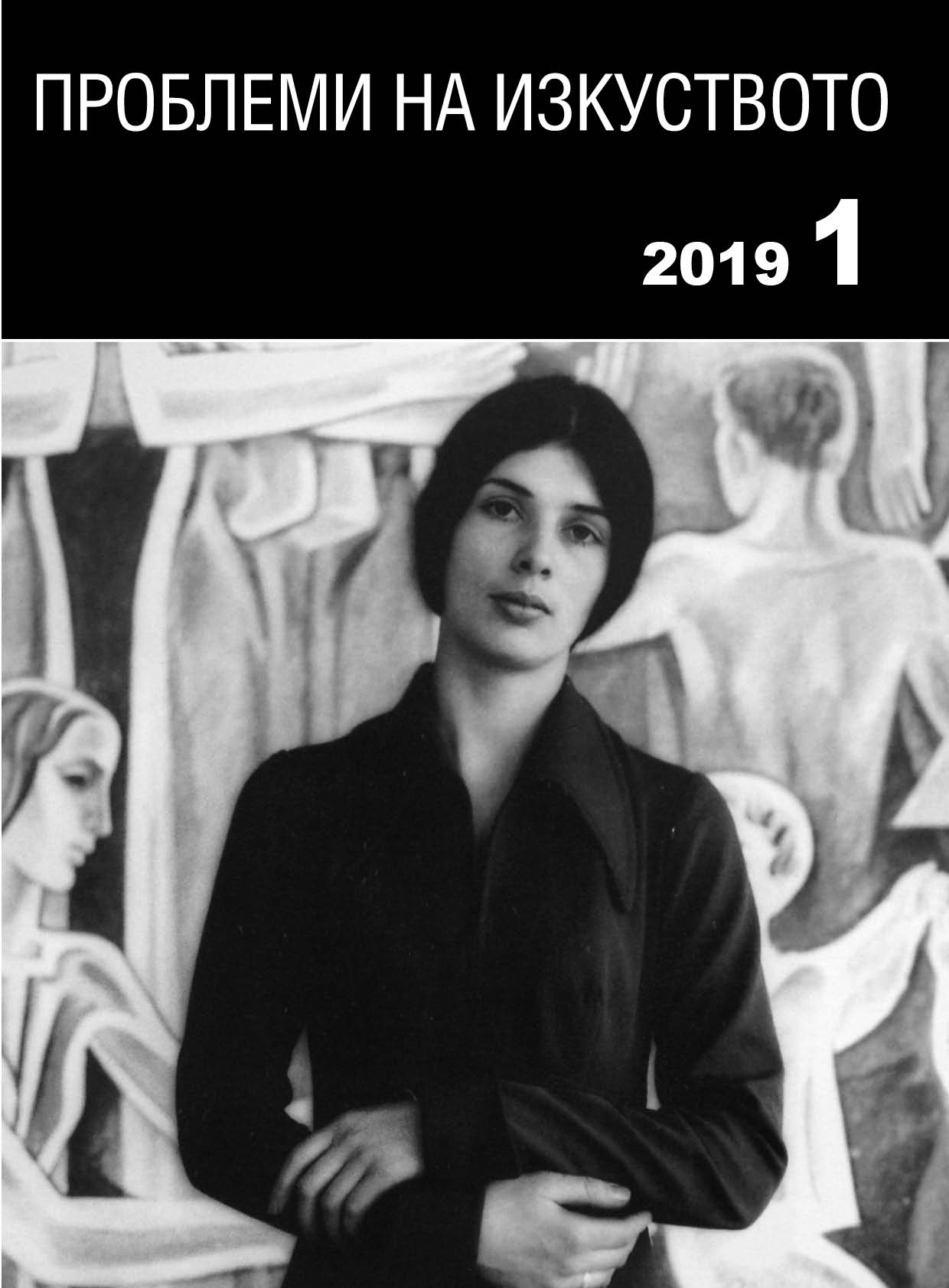Образите на св. Трифон в православното изкуство по българските земи. Функционална характеристика
St. Tryphon: functions of his representation in Orthodox art across Bulgarian lands
Author(s): Ivanka GergovaSubject(s): History, Fine Arts / Performing Arts, Visual Arts, Modern Age, Theology and Religion, 18th Century, 19th Century
Published by: Институт за изследване на изкуствата, Българска академия на науките
Summary/Abstract: St Tryphon is not among the most popular saints in Bulgarian lands, but his representation abounds in variants. He is depicted with various attributes such as a cross and a palm branch, even with a spear like a martyr; with a pruning hook and occasionally, with a vine shoot with a bunch of grapes as the patron saint of viticulture; and seldom, with medical instruments for in the painter’s manuals (hermeneia) he is grouped with saints healers. Representations of the saint, especially from the eighteenth century onward are found in the entire country of what is now Bulgaria, and mostly, in the vine-growing regions. The article deals with the different functional characteristics of St Tryphon’s imagery. The main is the calendric one, as his icons ought to be placed for veneration at the churches celebrating his feast day (1 February). The calendric function was highlighted in the cases when his image was combined with other saints, celebrated about his day or with the Presentation of Christ in the Temple, which falls on 2 February. Some of the representations are a function of individual piety. Icons of the saint were commissioned and paid for by believers named Tryphon, who hoped to find salvation by donating the icon to the church. Such occurrences may be witnessed on icons kept at home, where the representations of St Tryphon were apparently due to family members with the same name, who offered individual prayers for protection to their saintly namesake. Some of the representations have both a prayerful and a representative function pertaining to the collective veneration of St Tryphon by members of certain guilds or persons who had certain occupations, whose patron saint he was. Very important was the ritual function of St Tryphon’s representations. Several icons where the saint is represented together with SS Julian and Eustatius, were intended for the ritual performed to protect fields, vineyards and gardens from insects and pests as prescribed in the prayer book. Аn icon from Plovdiv has a very rare function, as seen in its inscription: it depicts three saints with St Tryphon among them, whose relics were walled in the altar of the church during the consecration ceremony. Presumably, at such monasteries as those of Bachkovo and Rila, where relics of St Tryphon are kept, the numerous representations of the saint were related to the cult and veneration of his relics.
Journal: Проблеми на изкуството
- Issue Year: 2019
- Issue No: 1
- Page Range: 32-39
- Page Count: 8
- Language: Bulgarian
- Content File-PDF

